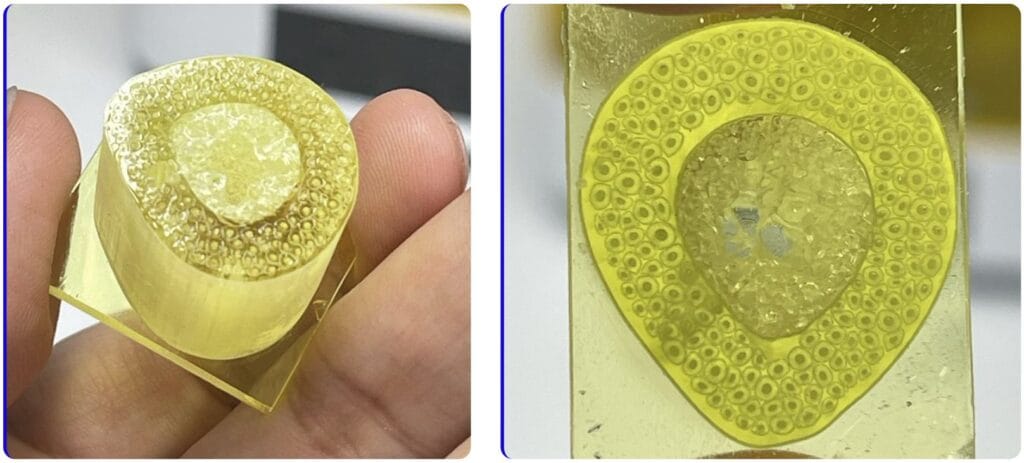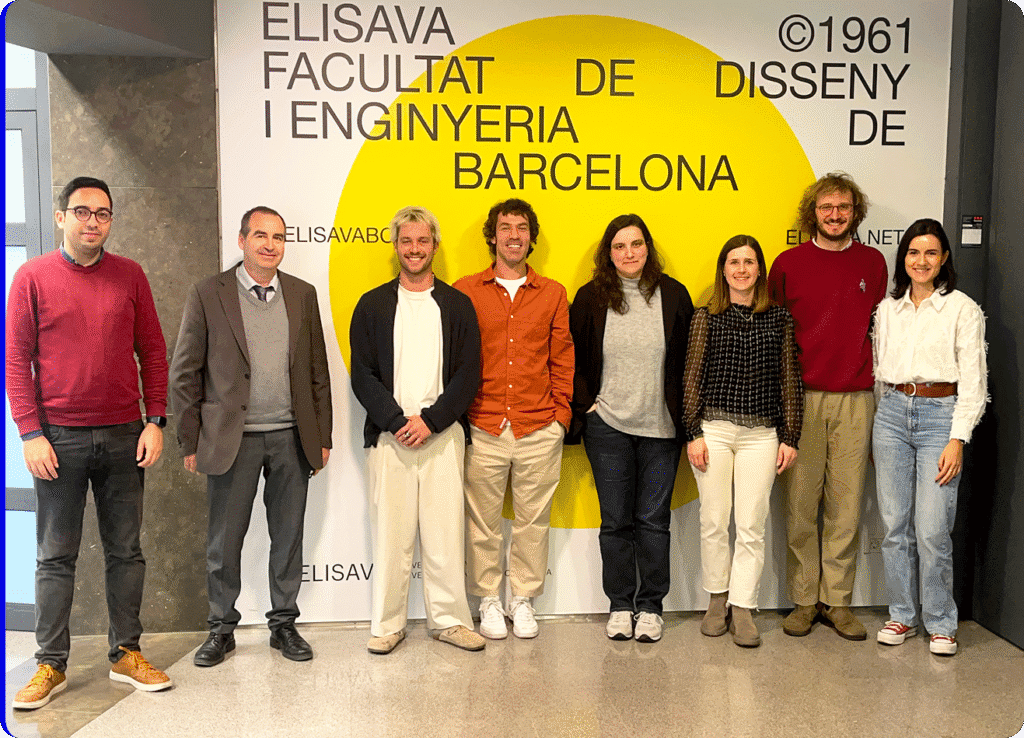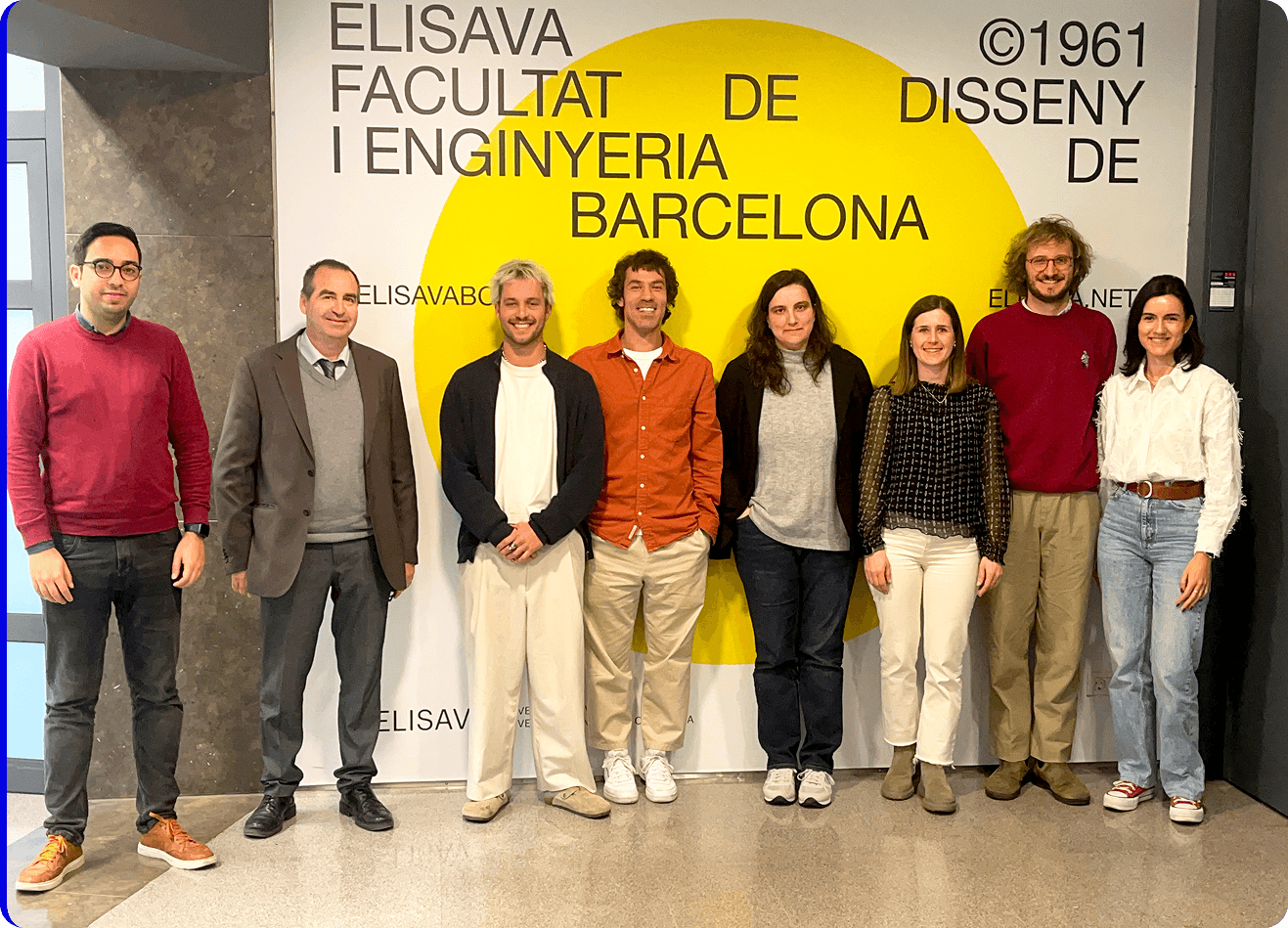The 3DBBT consortium, led by the MAV Cluster and formed by this entity and CATALONIA. HEALTH, the companies DAN*NA and Perdigó, and the foundations Elisava and CIM-UPC, is finalising the design of synthetic bone tissue through 3D printing, which will facilitate the development of new bone models with a high level of bio-realism and will allow real access to personalised medicine.
The growing demand for bone tissue for research, modelling and study of pathologies is coming up against the limitations of access to natural bone, due to its high cost or the limited capacity for processing due to its rapid degradation. The development of hyper-realistic synthetic bone using 3D printing being carried out by the 3DBBT consortium is a real revolution in bone tissue engineering, as it will offer a fast and effective alternative for biomedical and biotechnological research and personalised solutions to patients’ pathologies.
The research that subsequently led to the creation of the 3DBBT consortium began three years ago. The aim is to generate a new product that provides solutions to the different problems presented by the current synthetic bone models, characterized by a low level of morphological biomimicry, problems in using non-biocompatible materials or being far removed from the real level of durability of the human body, as well as not providing a response to a diverse population.
To offer a real solution to these needs, the different institutions and companies agreed to pool their research and created the 3DBBT consortium in August last year, from which they continue to develop the biomimetic and parametric design of a human bone model with maximum resolution, so that its microarchitecture has a hyper-realistic definition. The resulting models will faithfully represent the biological bone, both in terms of the tissue and its density or porosity.
Once the design has been completed, the consortium will move on to the manufacture of the synthetic bone tissue by means of high-resolution 3D printing, with a gradual photopolymerisation process that will allow different degrees of rigidity of the manufactured piece to be controlled, thus generating a model with the maximum degree of biomimicry in relation to the patient’s biological bone tissue.
The resulting biocompatible bone biomaterial will have the same biomechanical properties as a human bone, the same as the patient’s human bone.
“We are designing an unprecedented 3D model of a synthetic human body, as it exactly mimics its microarchitecture. To generate the model we use algorithm-assisted design (AAD), which allows us to create and modify at any time any of its design parameters, such as scale or porosity, so that we can adapt to the potential needs of a patient,” explains Juan Crespo, a member of the research team and PhD. Scientific Researcher at Elisava (UVIC-UCC).
At the same time, 3DBBT is developing a biocompatible material that guarantees the osseointegration of the synthetic tissue once implanted in the organism. ‘The new 3D printing technology must allow us to manufacture these models with specific properties to increase the level of structural biorealism and thus improve their mechanical properties,’ says Crespo.
The project is currently finalising the technological validation of the definitive bone model, and will then begin the validation phase in real biomedical environments. ‘During the research, together with our partners, we have developed market analyses and potential customers, as well as public and private funding strategies to ensure the global development of the technology and its effective transfer to the market,’ says Crespo. The consortium has already completed the patent application procedures at the European office.

About AEIs
The Innovative Business Clusters (AEI) are a line of aid granted by the Ministry of Industry and Tourism to finance collaborative R&D&I projects involving digital technologies. We have been recognised as an Innovative Business Group (AEI) since 20XX; awarded to clusters with a high degree of performance in the development of projects and which have relevant services to improve the competitiveness of the associated companies.



